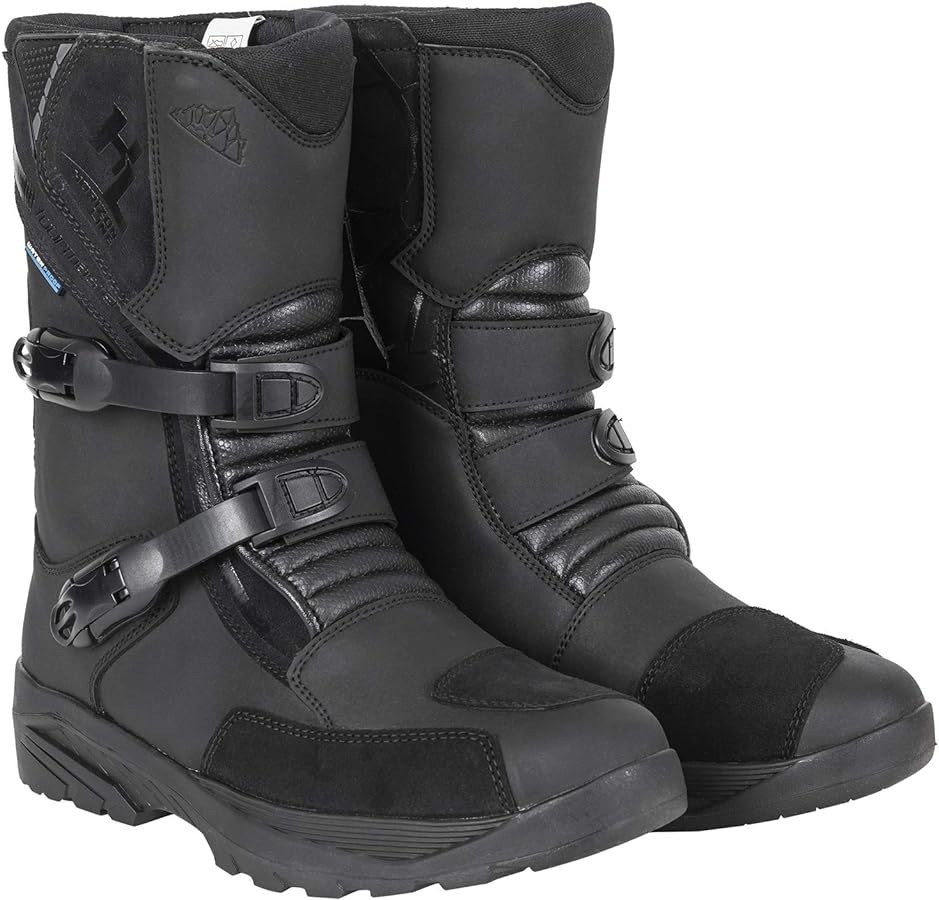Introduction
Whether you are a motorcycle enthusiast or simply looking for a versatile pair of boots, understanding the difference between motorcycle boots and regular boots is crucial. Motorcycle boots are designed specifically for riders, offering enhanced protection and functionality that make them ideal for motorcycle use. In this detailed guide, we will explore the distinguishing features of motorcycle boots compared to regular boots. By examining factors such as design, materials, safety features, and overall functionality, we aim to help you make an informed decision when selecting the right footwear for your needs.
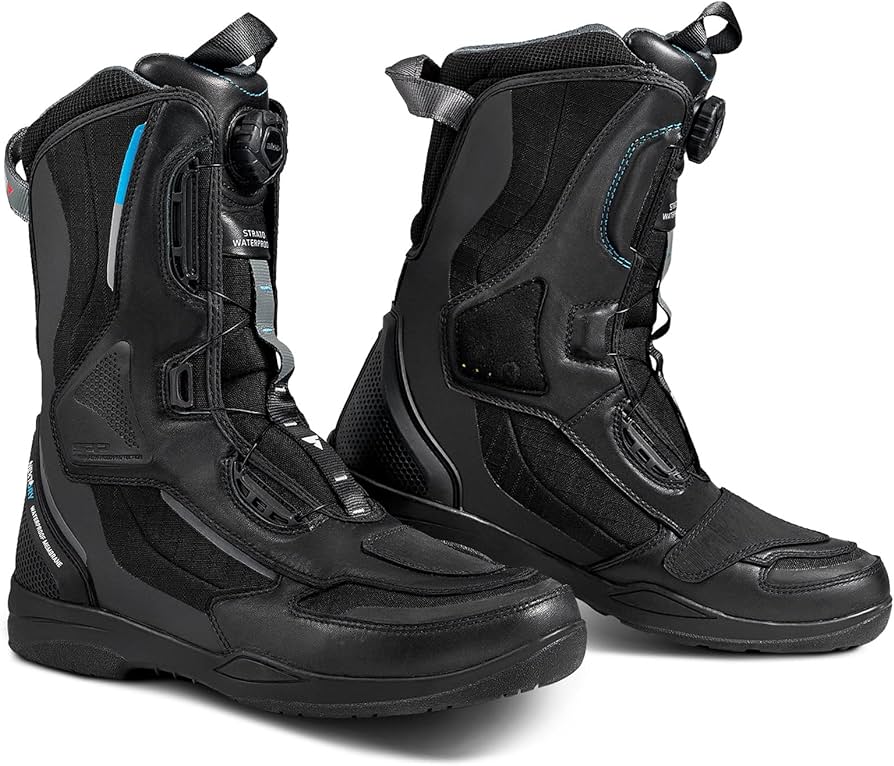
What is the difference between motorcycle boots and regular?
I. Purpose and Design
-
Motorcycle Boots:
- Motorcycle boots are specifically designed to meet the unique needs of motorcyclists. They prioritize protection and functionality, providing features such as reinforced toe caps, ankle support, and durable outsoles. The design often includes elements like buckles or straps for a secure fit and easy adjustment while riding.
-
Regular Boots:
- Regular boots encompass a wide range of styles and purposes. They are typically designed for day-to-day wear or fashion purposes without specific considerations for motorcycle use. Regular boots can vary in design, materials, and features based on the intended use or style, catering to a broader audience beyond motorcycle riders.
II. Materials and Construction
-
Motorcycle Boots:
- Motorcycle boots are constructed using robust materials to ensure durability and protection. They often feature leather uppers that provide excellent resistance to abrasion and offer enhanced protection against road debris or potential impact. Some motorcycle boots may also incorporate additional protective features like reinforced toe caps, ankle guards, or shank reinforcement for added stability.
-
Regular Boots:
- Regular boots utilize a wide range of materials based on their purpose and style. Common materials include leather, suede, synthetic fabrics, and various blends. Regular boots focus more on comfort and fashion, and the choice of materials is driven by those factors rather than the need for enhanced protection against motorcycle-related risks.
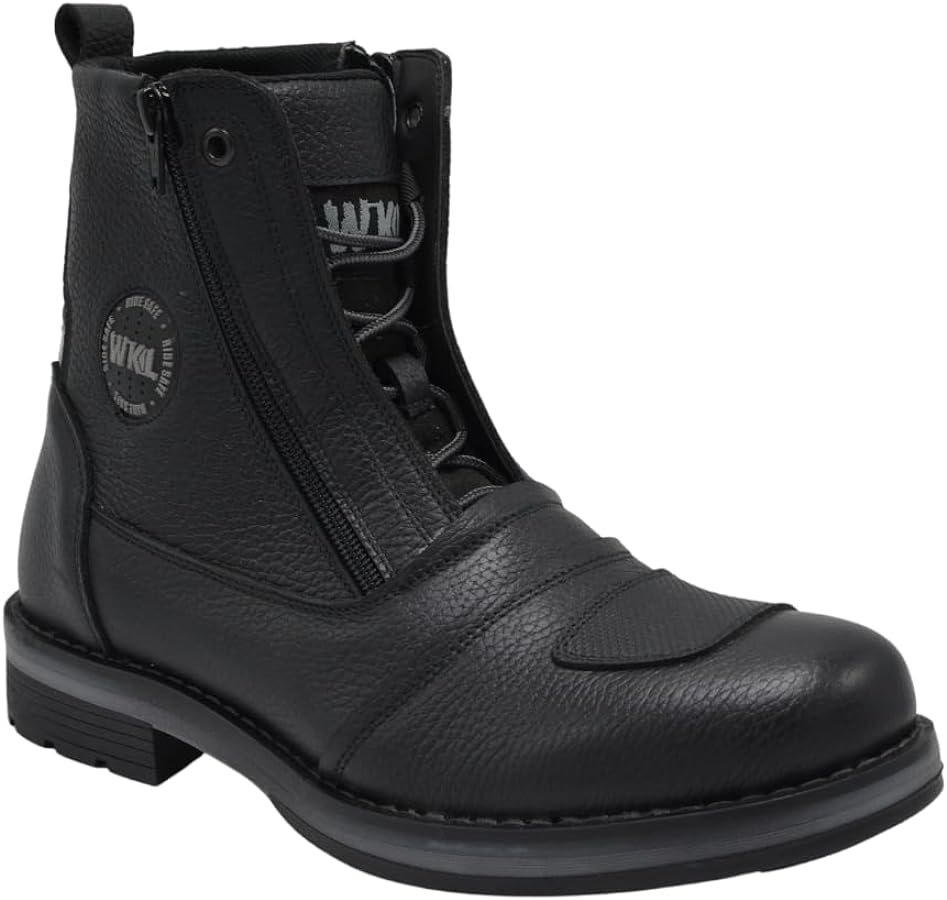
III. Safety Features
-
Ankle Support and Protection:
- Motorcycle boots prioritize ankle support and protection due to the increased risk of injury in motorcycle accidents. They often feature high shafts that cover and protect the ankles, reducing the risk of impact injuries or sprains. Reinforced ankle areas and integrated armor provide additional support and protection.
-
Reinforced Toe Caps:
- To protect against potential impact from road debris or accidents, many motorcycle boots include reinforced toe caps or toe boxes. These features offer an extra layer of protection to the toes and reduce the risk of injuries caused by crushing or impacts.
-
Slip Resistance:
- Slip resistance is an essential safety feature in motorcycle boots. The outsoles of motorcycle boots are designed with rugged and durable treads that provide excellent grip on various surfaces, including wet or slippery conditions. This allows riders to maintain stability and control while maneuvering their motorcycles.
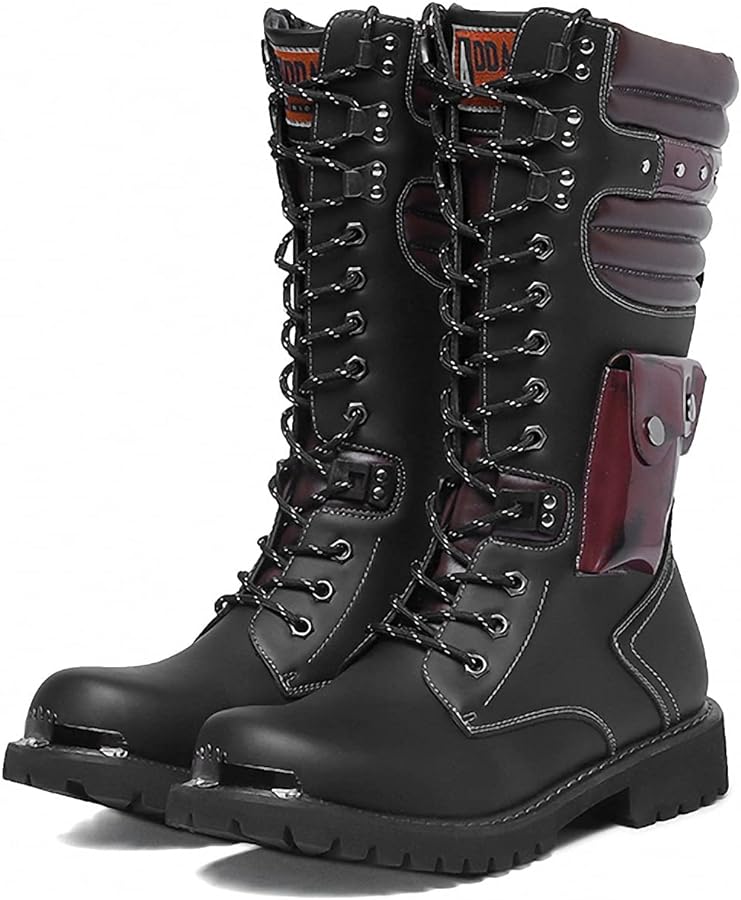
IV. Comfort and Fit
-
Cushioning and Padding:
- Motorcycle boots are generally designed with additional cushioning and padding in strategic areas, such as the footbed, ankle, and collar. This extra padding not only enhances comfort but also helps absorb shocks and vibrations, reducing fatigue during long rides.
-
Fit and Adjustability:
- Motorcycle boots are engineered for a snug fit to ensure optimal comfort and control while riding. They often feature adjustable straps, buckles, or lacing systems that allow riders to achieve a secure fit and make necessary adjustments to accommodate varying leg and calf sizes.
-
Arch and Ankle Support:
- Motorcycle boots typically provide excellent arch and ankle support to minimize fatigue and reduce the risk of strains or injuries. The construction and design of the boots offer proper alignment and stability, reducing the stress on the rider’s feet and lower legs during extended rides.
V. Weather Protection
-
Waterproofing:
- Many motorcycle boots incorporate waterproofing features to protect riders from rain or wet road conditions. Waterproof membranes or treatments applied to the leather or fabrics prevent water from penetrating the boots, keeping the feet dry and comfortable while riding in inclement weather.
-
Insulation:
- Certain motorcycle boots are designed with insulation to keep feet warm in cold weather. Insulated linings or materials provide thermal resistance, preventing heat loss and ensuring rider comfort during rides in chilly temperatures or inclement weather.

VI. Style and Versatility
-
Motorcycle Boots:
- Motorcycle boots come in various styles, ranging from classic and traditional designs to more modern and innovative options. While functionality and protection are prioritized, motorcycle boots can still be fashionable and versatile enough to be worn both on and off the motorcycle. They often feature iconic elements such as buckles, straps, or unique silhouettes that reflect the rider’s individual style.
-
Regular Boots:
- Regular boots encompass a broader range of styles and choices, including fashion-forward trends and casual designs. Regular boots offer more flexibility when it comes to matching personal style and outfit preferences, but they lack the specific features and protections tailored for motorcycle use.
VII. Maintenance and Durability
-
Maintenance:
- Both motorcycle boots and regular boots require regular maintenance to ensure longevity and optimal performance. However, due to the exposure to external factors such as road debris, dirt, and weather conditions, motorcycle boots often demand more rigorous care. Regular cleaning, conditioning, and occasional waterproofing treatments are necessary to prolong their lifespan and functional integrity.
-
Durability:
- Motorcycle boots are constructed with durability in mind to withstand the unique demands of riding. Their robust materials and reinforced construction are designed to endure tough conditions and provide long-lasting protection. Regular boots, while they can still be durable, may prioritize style and comfort over the level of toughness required for motorcycle use.
VIII. Cost Considerations
-
Motorcycle Boots:
- Due to their specialized design, enhanced features, and protective qualities, motorcycle boots are generally priced higher compared to regular boots. The cost varies depending on the brand, materials used, construction techniques, and additional safety features.
-
Regular Boots:
- Regular boots span a wide range of price points, from affordable options to high-end designer brands. The cost is determined by various factors such as materials, brand reputation, craftsmanship, and fashion appeal.
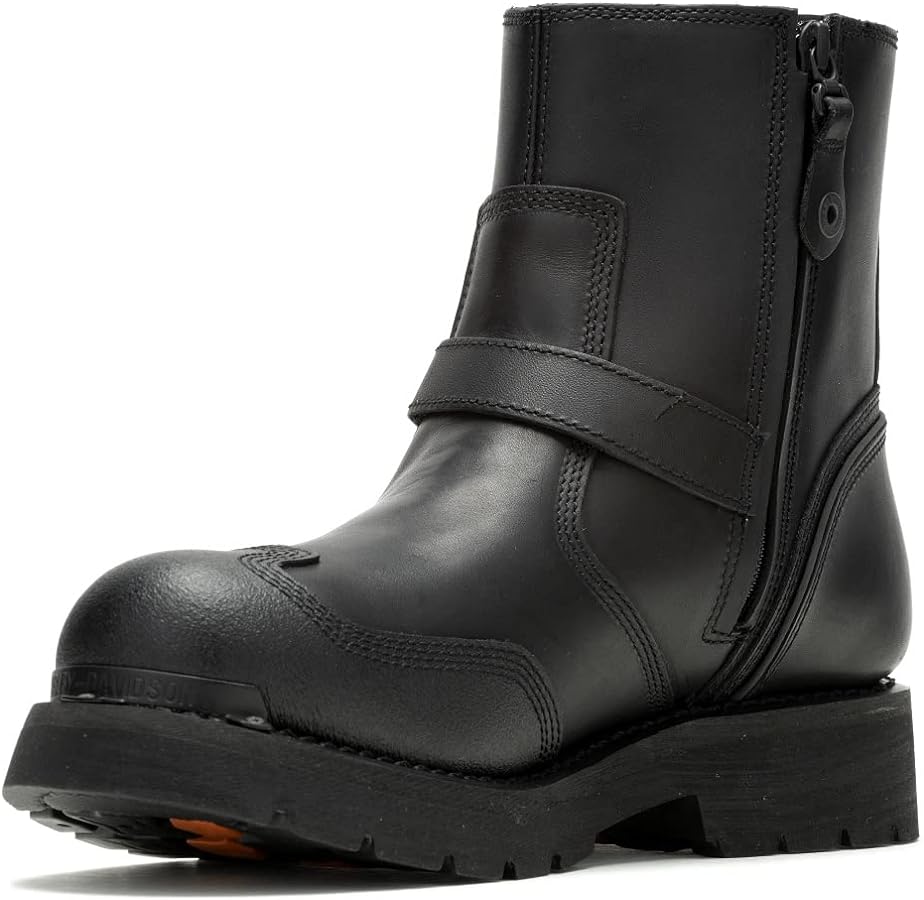
IX. Conclusion: Choosing the Right Boots for Your Needs
Understanding the distinction between motorcycle boots and regular boots is essential when selecting footwear that meets your specific requirements. Motorcycle boots prioritize protection, functionality, and safety features tailored explicitly for motorcycle riders. They are designed to endure the demands of riding while offering comfort and style. Regular boots, on the other hand, cater to a broader market, placing emphasis on comfort, fashion, and versatility.
When choosing between the two, consider factors such as the intended use, level of protection desired, style preferences, and budget constraints. If riding a motorcycle, investing in dedicated motorcycle boots ensures optimal safety and performance. For non-riders or casual riders, regular boots offer more versatility and style choices without compromising comfort and functionality.
Ultimately, the right choice depends on your individual needs, preferences, and the level of protection required for your specific activities or lifestyle.

